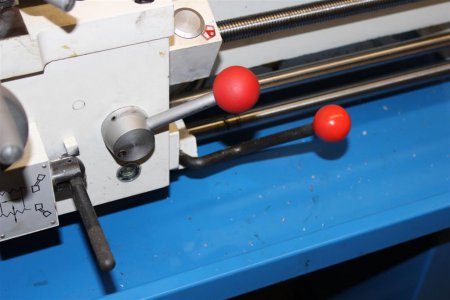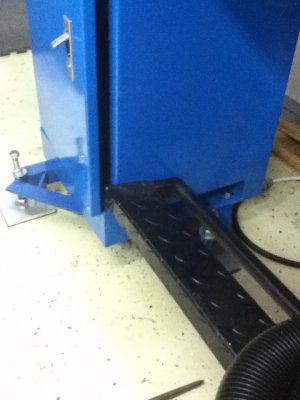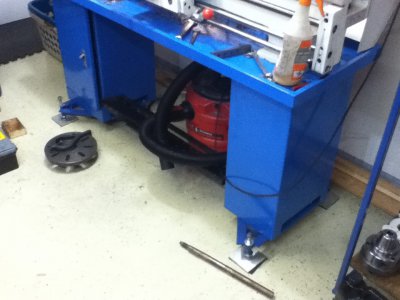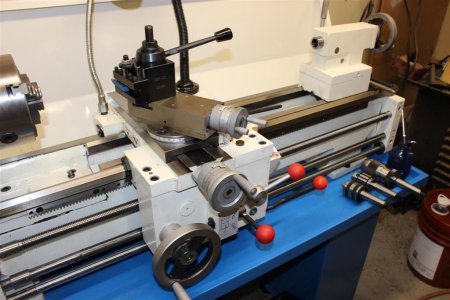Guys,
I have the same lathe and they are quite good. Pretty solid, very well thought out and all the critidal areas on the basic frame of the machine are very well finished. The machine is top-heavy and left-side heavy -expected since it does not have an integral pedestal. I put about 100lbs of metal in the right side pedestal leg. Put it on solid leveling base like the ones shown here. Also, the peripherals (supplied chucks) however may need a good bit of tuning-up. On mine, the D1 backs weren't matched to the spindle. The taper angle hole in the backplates was too small and the angle did not match the nose angle on the spindle. Also, the back face of the back plates were not flat. To get consistent chuck mounting, I first surfaced ground the backside of the face plate then, matched the angle of the spindle nose and carefully opened-up the backplate hole diameter until the spindle nose taper contacted the back plate taper and still allowed the mating surfaces of the spindle face and backplate face to make perfect contact. -Hope that made sense. Also, the D1 lugs needed a good bit of fine-tuning and hand fitting.
After getting the backplate to match the spindle, I surface ground the front face of the back plate. On my own collet chuck, I new that it was perfectly square front-to-back so I just cut the usual shoulder, drilled the holes and did a fine-tune centering with zero runout by DI'd off a proof bar that was mounted in a collet. It turns out, the body is concentric with collet taper because after the initial centering, the body also DI'd within a few tens. After that, I trimmed some of the remaining shoulder off the back plate. Ever since, that chuck re-mounts within a half-thou each and every time and depending on which collet I'm using, the workpiece centers within a half thou. The face of the chuck is perfectly perpendicular to the ways to the best of my ability to measure it. That chuck is dead-on!
The 4 jaw was not flat and parallel from front to back. It was off about a thou and a half so, in addition to tuning-up it's backplate as described above, I had to surface grind the rear side of the chuck then, do the rest of the installation. That behemoth was hard to work with!
I mount 3 jaw chucks similar to collet chucks. After getting the backplate tuned up, I mount a proof rod in it's jaws and center on the backplate while indicating off the proof bar. I noticed that the jaws were holding the piece with a slight angle so I tuned-up the jaws until it held straight. In the case of the 3 jaw, the backplate rim indicates dead-on but the body is off by 3-4 thou. Since the face was perfectly perpendicular to the ways, I didn't care that the body was slightly out. All you are concerned about is a flat, perpendicualar face, straight jaws and pieces that center. For most diameter pieces, the 3 jaw centers within about 1.5 thou, some cases almost dead on. That's about all you can ask of an independent chuck.
Let me know if you want pics of the backplate tune-up. I have another chuck that needs mounting so I'll take pics as I go.
BTW: I have a procedure for static balancing chucks. It works pretty well. Let me know if you want to hear about it. It's all slow speed balancing techniques... WARNING: when you mount those new chucks, they might be pretty out of balance (mine were) so work your speeds up slowly.
Ray








